Mr. Sandy J. Levy, RMT President/Developer of The 10 Minute Cushion
Clinical Trial of The 10 Minute CushionTM.
The Effectiveness of The 10 Minute CushionTM.
Start Date July 30, 2009 – Last updated July 30, 2012
Overall status: completed
Estimated Enrollment: 60
Verified by: Mr. Sandy Levy, RMT, July 30, 2012
Brief Summary
Official Title:“The Effectiveness of The 10 Minute CushionTM in Enhancing Posture and
Improving Athletic Performance in 10 minutes a day.”
Restrictions in range of motion (ROM) in the Spine due to repetitive athletic training, computer-use and sitting are some of the highest health risks/concerns of the current/aging populace. Postural discomfort in the workplace and in athletic training reduces performance and productivity. In an attempt to improve function, mobility & flexibility and reduce injury, lumbar stretching devices have made from plastic and wood, were produced to attempt to stretch and reset the lumbar spine and correct posture.
The 10 Minute CushionTM (which is foam) offers a simple means to alter posture and reduce associated strain in the spine from athletic training, computer-use and sitting by stretching the spinal/chest/anterior shoulder/hip flexor muscles and by using gravity to allow for “neutral positioning” or the natural curvature of the spine and the proper mechanical position of the torso, shoulders and neck.
The purpose of this clinical study is to determine the effectiveness on rotation in the thoracic spine as well as the measurable changes in the shoulder position.
The 10 Minute CushionTM is a low-cost solution to enhance posture, improve athletic performance as well as increase productivity in the work place.
*Study Type: Observational
*Study Primary Completion: July 30, 2012
Detailed Trial Description
20 of the Top Canadian occupations typically have workers sitting 80 percent of the day. An average of Ontario WSIB lost time claims since 1996 involve low back injury caused from work. The return to work objective for over half of these patients requires prolonged sitting at their workstations. Back pain and athletic injuries are the major contributors to time off work.
Besides personal suffering, postural discomfort in athletic training and in the workplace reduces performance and productivity, both of which can be improved by stretching the spine and correcting the posture to reduce compression on the spinal nerves.
According to Corlett (2006), other lumbar supports do not exert enough pressure on the spine in the seated position to actually change its configuration. However, the patient can alter their posture when such a device is in place as they arch their back to conform to it.
The 10 Minute CushionTM offers a simple means to alter posture and reduce associated strain on the spine and its nerves by lying over the arch of The 10 minute CushionTM for 10 minutes. This allows for gravity to stretch the muscles of the spine, chest, anterior shoulders and hip flexors by promoting the neutral standing lordotic posture. Clinically, by using a posture analysis chart, it has been shown to support the ENP or the neutral standing lordotic posture and the quantifiable effectiveness in improving functional rotation performance.
This study will help to understand why The 10 Minute CushionTM or ENP must be considered when planning a workplace return-to-work goals and to enhance productivity and to recovery from repetitive athletic strain.
Interventions Used in this Clinical Trial
Device – The 10 Minute CushionTM
– This device is placed on a bed or on a floor and against the low back when
sitting up on the ischial tuberositiy.(Sit bones)
– The patient then lies down with the white tip of the cushion to the low
back as the spine gently blends over the arch, with a pillow under the head
for support.
– Each patient was supine over the cushion for 10 minutes to obtain ENP.
•All participants performed the Seated Rotation Technique and a Goniometer
1. Seated Rotation Technique. Hips and knees are at 90°, trunk is upright and neutral, and lower body motion is reduced with a ball held between the knees.) A bar in front position requires the individual to cross their arms across their chest b) bar behind the back position requires the individual to place the palmar aspect of their hands on their stomach, fingers do not need to interlock.
2. The individual is in a seated position with their hips and knees flexed to 90° and their trunk in an upright neutral posture (not flexed, extended, side bent, or rotated). A small ball (volleyball, soccer ball) is placed between the knees and the individual is asked to maintain slight pressure on the ball by adducting the hips. The ball is used in an attempt to reduce the contribution of the lower body on spine rotation. A PVC dowel may be placed across the chest with the arms crossed over the bar. Alternatively, PVC dowel may be placed across the back, at approximately the inferior border of the scapulae. The individual is asked to place the palmar aspect of their hands on their stomach (interlocking fingers is not necessary). The bar in back position is thought to reduce the contribution from the shoulder joints on spine rotation. A foam roller was then placed between the knees and held tight
3. Regardless of bar position (bar front or back), a goniometer is aligned parallel to the ground, at the midpoint between the T1-T2 spinous processes, while using the spine of the scapula as a reference point during rotation. The stationary arm is pointed away from the side of rotation and remains in line with the starting position. The individual is instructed to maximally rotate to one side while the clinician follows this motion with the moving arm of the goniometer. Once the individual reaches end range of motion, the angle of the goniometer is noted.
4. Goniometer alignment. Goniometer is aligned parallel to the ground, between the T1-T2 spinous processes, using the spine of the scapula as a reference point. This figure depicts left rotation. The stationary arm is pointed away from the side of rotation (to the right) and remains in line with the starting position. The moving arm follows the spine of the scapula. The Goniometer is then placed at level T6 as the participant rotates left then right and each limit is measured.
The data was collected at the beginning of a trial for a baseline and then tested at 9pm at night on the 3rd, 5th, 7th and 10th day.
5. Participants used the cushion 10 minutes in the morning and 10 minutes at night, having a family member witness.
6. On average the participants increased their thoracic rotation left and right by 8 degrees.
Outcome Measures for this Clinical Trial
Primary Measures
•Functional Rotation Test- by using the Seated Rotation Technique & a Goniometer.
Baseline measurement recorded then progressed to day 3, 5, 7, 10. Measurements recorded on each day.
On average 8 degrees left and right more rotation was measured and observed in 10 days.
-Time Frame: 10 minutes (2x’s a day)
-Safety Issues: None
Secondary Measures
•Postural Quantification: measurement of orientation of space between acromian process and the floor.
-Average orientation of space measurement at 1 minute is 3-inch space.
-Average orientation of space measurement at 10 minutes is 0.5-inch space.
-Time frame: 10 minutes
-Safety Issues: None
•Golf Swing Speed Test: measurement of club head speed before/after 10 minutes on The 10 Minute CushionTM.
-Each mile per hour equals approximately 2.2-2.5 yards.
-Testing is ongoing results to be updated when available.
Criteria for Participation in this Clinical Trial
Inclusion Criteria
•Male & Female
•Between the ages of 25-65
•With or without Low Back Pain or Thoracic Restrictions
Exclusion Criteria
•Participants currently involved in rehabilitation for an acute injury.
•Participants who have spinal fusion,recent surgeries,radiculopathy,Nerve Palsy
Gender Eligibility for this Clinical Trial: Male & Female
Minimum Age Group: 25 Years
Maximum Age Group: 65 Years
Clinical Trial Investigator Information
Lead Investigator: Mr. Sandy J. Levy, RMT
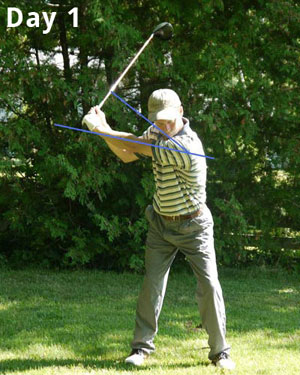
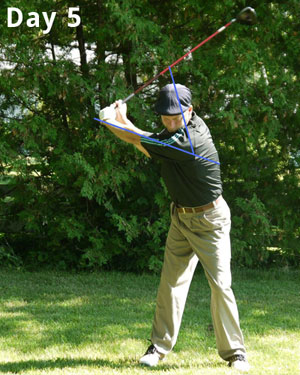
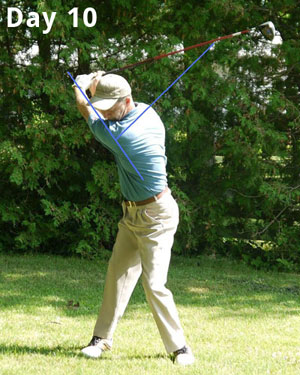
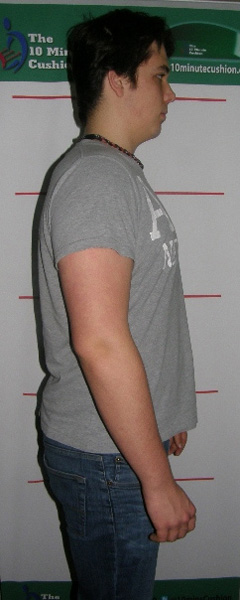
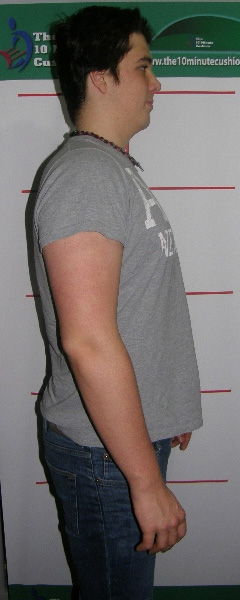
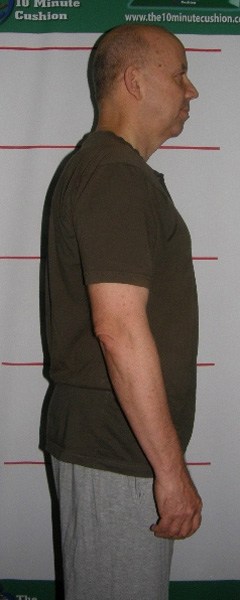
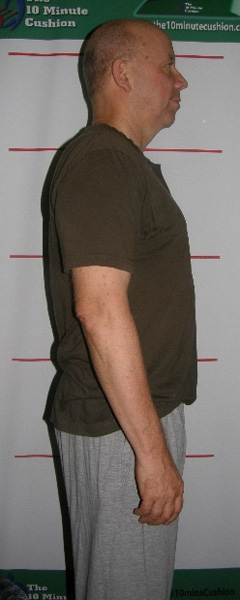
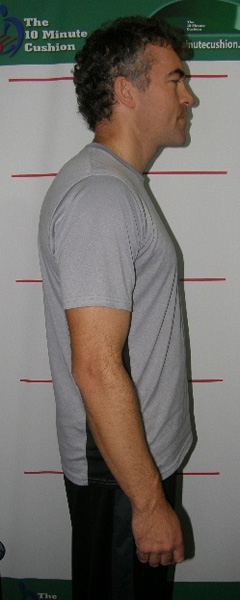
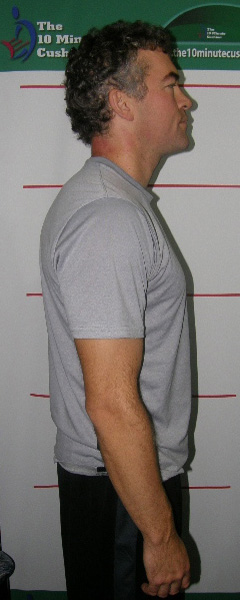
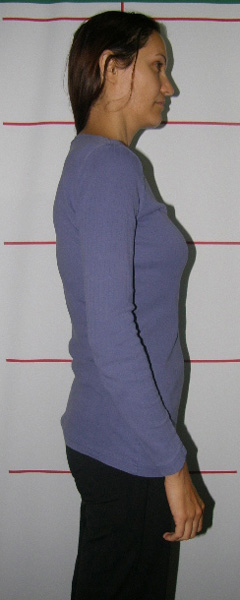
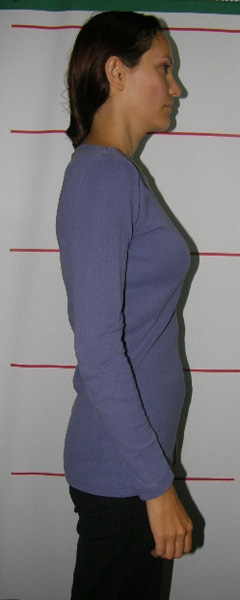
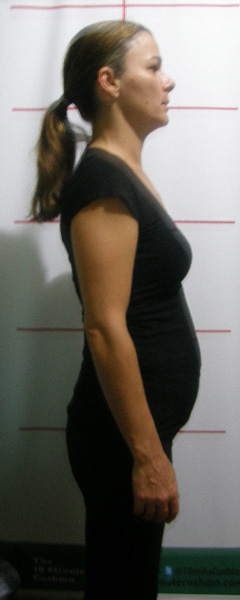
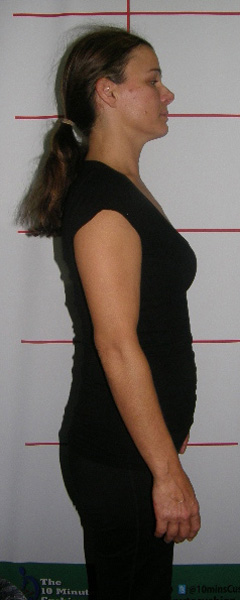
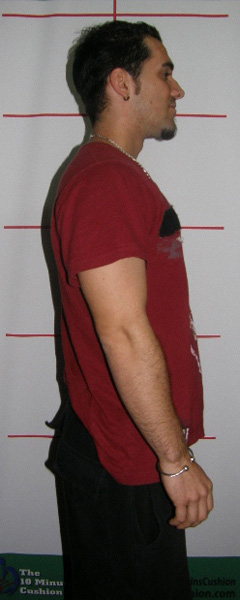
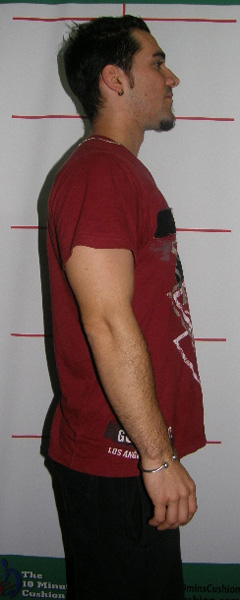
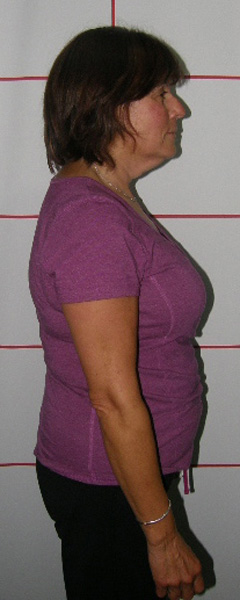
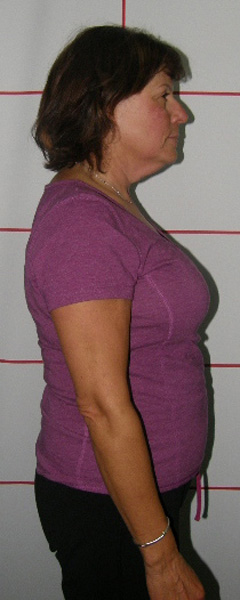

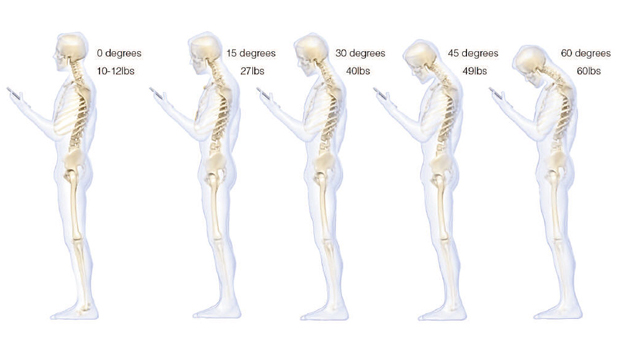
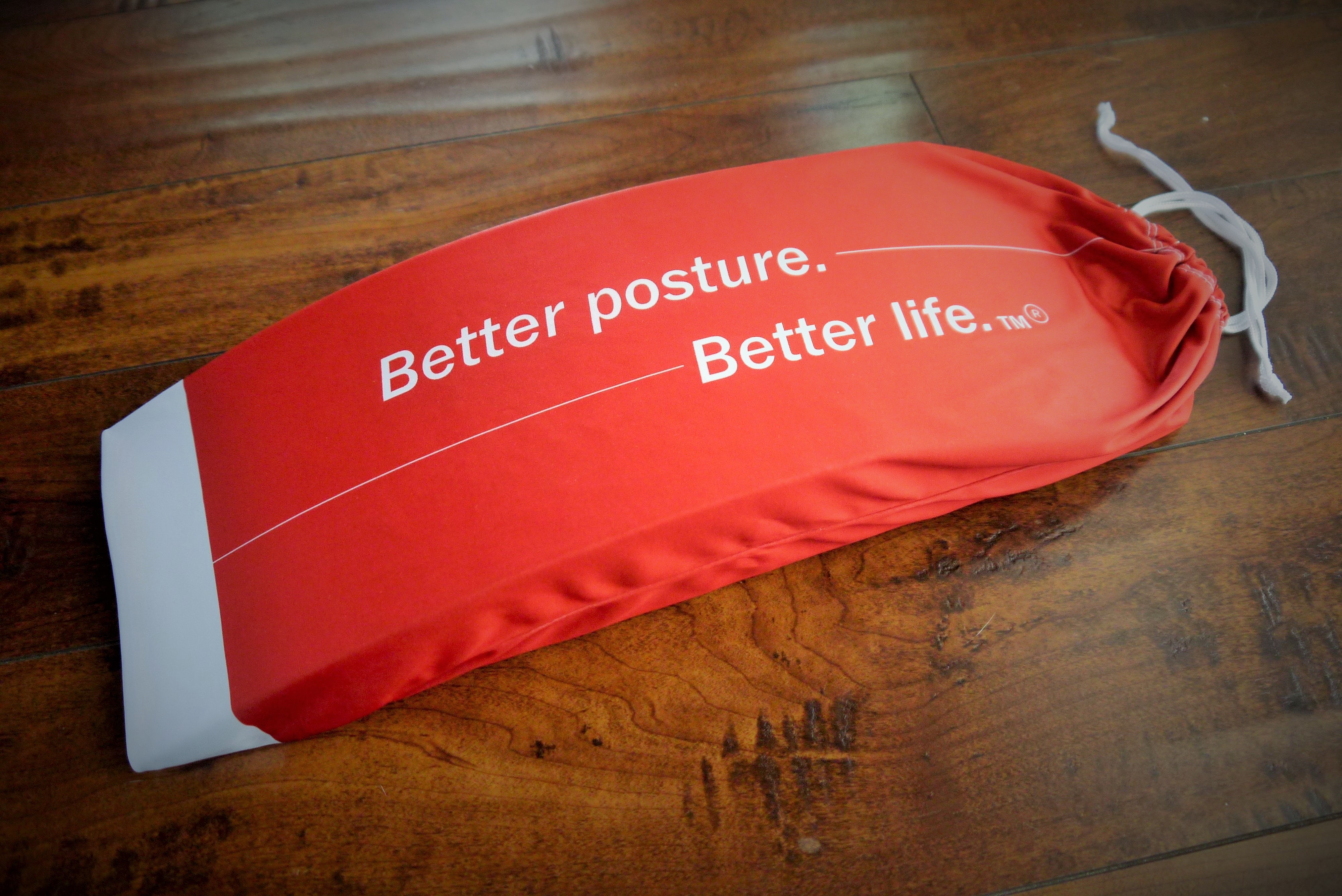
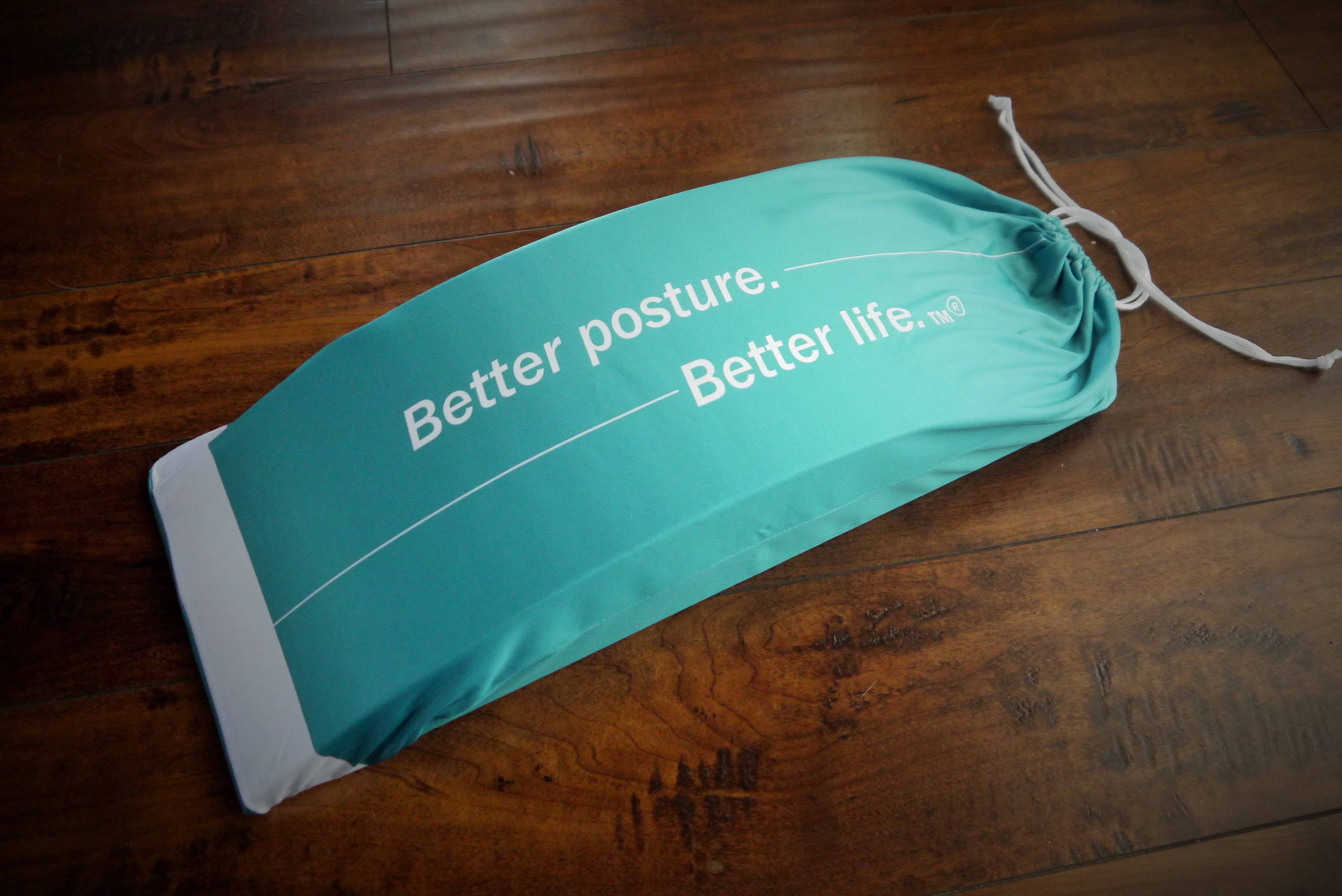
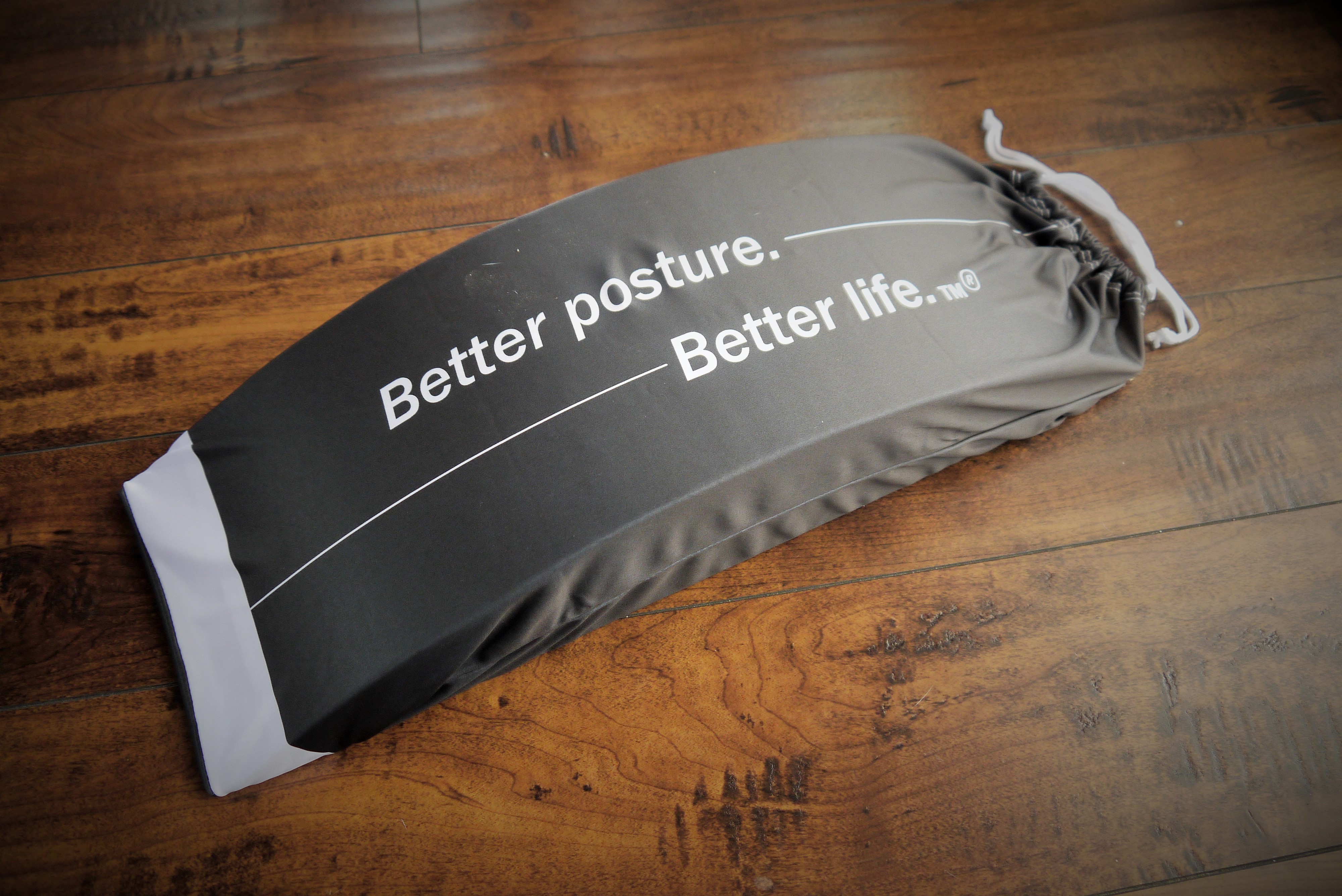
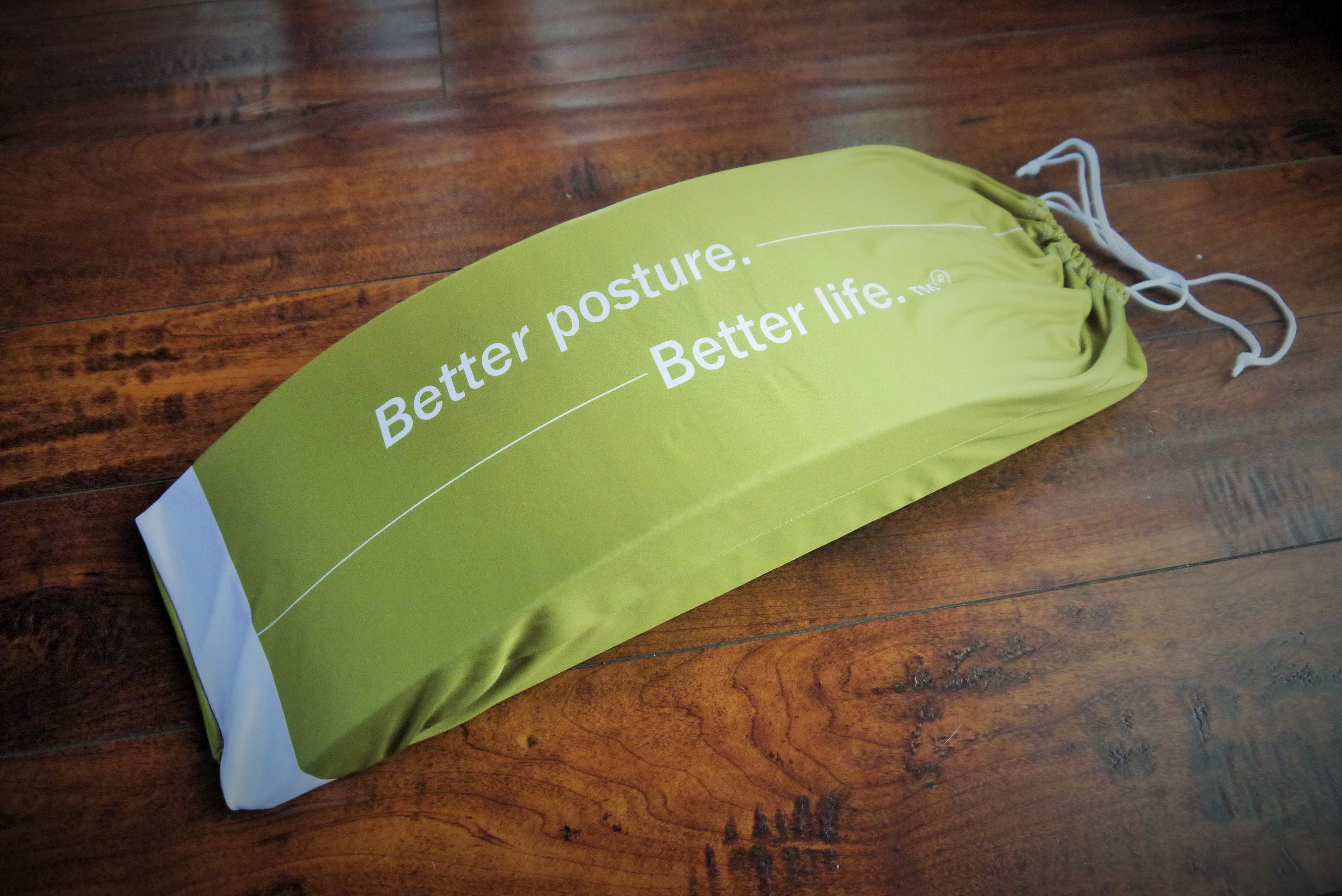
Follow Us!